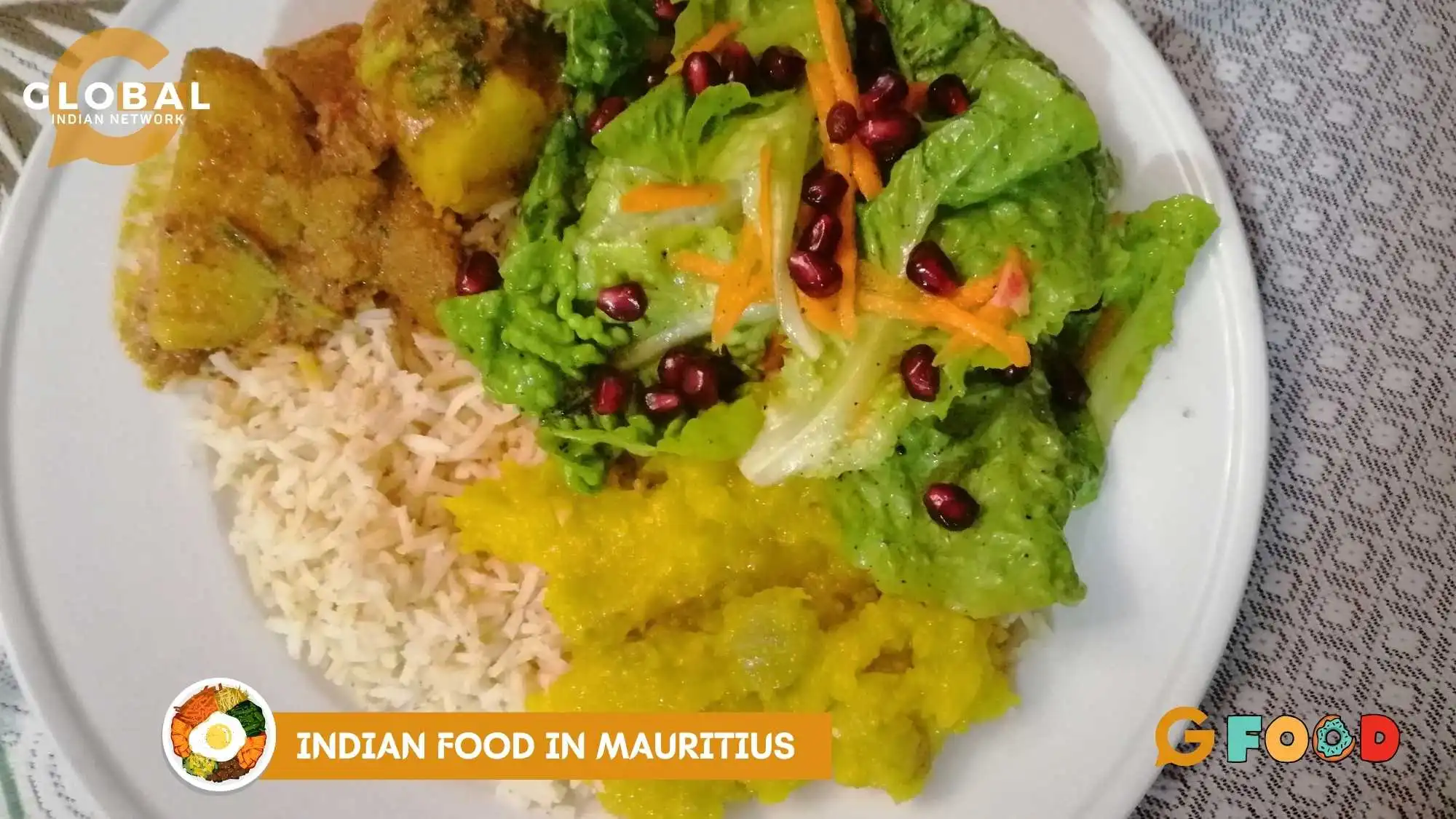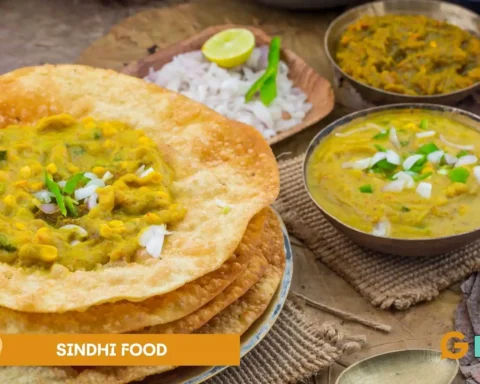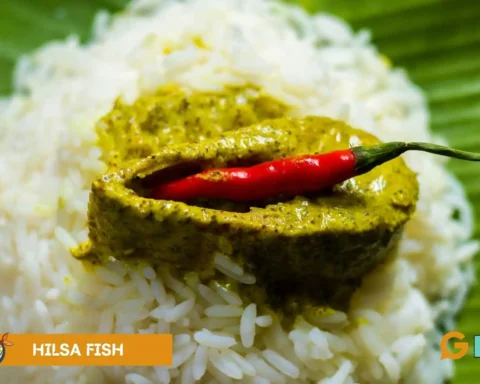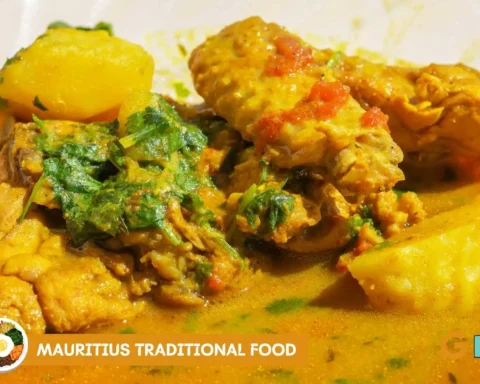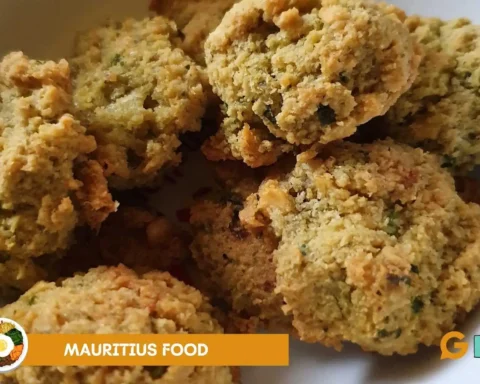Indian food in Mauritius is more than just a meal; it is a legacy of tradition passed down through generations. It reflects the journey of migration and adaptation, from village kitchens to street food stalls. Indian food in Mauritius has become an everyday experience for the people there, influencing not just food but how they connect, celebrate and live.
Over time, it has evolved with the blending of traditional recipes with local ingredients. Dishes like dholpuri, curry and rice have now become the national staples. When Indian families arrived on the island, they brought more than just Ingredients. They carried stories, recipes and rituals.
It’s not just food; it’s a living part of who they are.
Table of Contents
Indian Food in Mauritius as the Root of Cultural Identity
Indian food in Mauritius carries more than just spices and recipes. It carries stories, memories, and identity. When Indian migrants arrived in the 19th century as indentured labourers, they brought with them their culinary traditions. Over time, these traditions became part of the everyday lives of their descendants. From slow-cooked dals to rice-based dishes and festive sweets, Indian cuisine has evolved into something familiar and comforting.
Today, Indian food in Mauritius is not only preserved in homes but also shared across communities of all backgrounds. It has evolved from being a marker of heritage to becoming a thread in the national cultural fabric. Whether it’s a temple offering or a family dinner, these dishes hold generations of meaning.

Generations of Taste: Tradition or Transformation?
As time passes, each generation leaves its own mark on how Indian food is prepared and enjoyed. While older generations may remember grinding spices by hand and cooking over firewood, today’s youth have embraced quicker methods and ready-made ingredients. Yet, despite modern techniques, the soul of the food remains unchanged.
Some recipes stay exactly as they were, passed down with care. Others adapt to new preferences or time constraints. But the link between food and identity remains strong.
Meals still carry the essence of family, tradition, and a sense of belonging. Through these shifts, Indian food and Mauritius continue to reflect both continuity and change.
Keeping Tradition Alive: From Rituals to Street Food
Indian food in Mauritius continues to thrive by striking a balance between tradition and everyday routine. In many homes, recipes handed down through generations are still prepared with pride. Family kitchens become places where culture is preserved and where a grandmother’s methods for making lentil curry or kneading dough for faratas are learned by heart.
Festivals such as Diwali, Eid, and Tamil New Year also keep these traditions strong. Special dishes like seviyan, gato piment, and seven-curry meals are lovingly made and shared, connecting people with their roots. These foods are not just served in homes, but they often appear at temples and community gatherings, reinforcing a shared cultural identity.
At the same time, Indian food is part of everyday Mauritian life through street food. Vendors in towns like Port Louis and Quatre Bornes sell dholl puri, samosas, and faratas, Indian-influenced, Mauritian-made. Dholl puri, usually filled with butter bean curry and chutney, is a quick and filling meal. Faratas, eaten with vegetable or meat curry, are a staple in many households.
Dishes like biryani, rich with spiced rice, meat or vegetables, and saffron, are also central to celebrations and weekend meals. These are sold in local eateries and sometimes prepared in bulk for weddings or religious functions.
Over time, Indian food in Mauritius has adopted local produce and global flavours, and curries may include chayote and breadfruit or come with French baguettes. These adaptations show how Indian cuisine here is constantly evolving while still staying true to its roots.
Conclusion
Indian food in Mauritius is much more than just a culinary tradition; it reflects the island’s rich history and complex cultural identity. Rooted with the generations who migrated from India, these dishes have been carefully adapted and reshaped over time. While influenced by local ingredients and customs, the cuisine has kept its unique character, standing as a symbol of both continuity and change.
Even as modern life brings new tastes and trends, Indian food in Mauritius remains deeply woven into everyday life; it’s present in family kitchens, street markets, and festivals, acting as a living connection to the past. Through this food, people express their heritage while also shaping how they see themselves today.
In the end, Indian food in Mauritius is more than just comfort. It is a story of resilience and creativity. It demonstrates how traditions can endure and evolve even as the world around them changes.

FAQs
Does Mauritius have Indian food?
Yes, Mauritius offers a diverse range of Indian cuisine. It’s a significant part of daily life and culture there, featuring a variety of traditional Indian home-cooked meals and street food, such as dholpuri, samosas, and biryani.
Are there many Indians in Mauritius?
Yes, there are many Indians in Mauritius. They comprise the majority of the population, accounting for around two-thirds. Their presence has significantly influenced the country’s culture, food, and way of life.
What is the most popular food in Mauritius?
One of the most popular foods in Mauritius is dhol puri. It’s a soft, thin flatbread filled with ground yellow split peas served with curry and pickles. It will be found everywhere, from street vendors to local shops.




